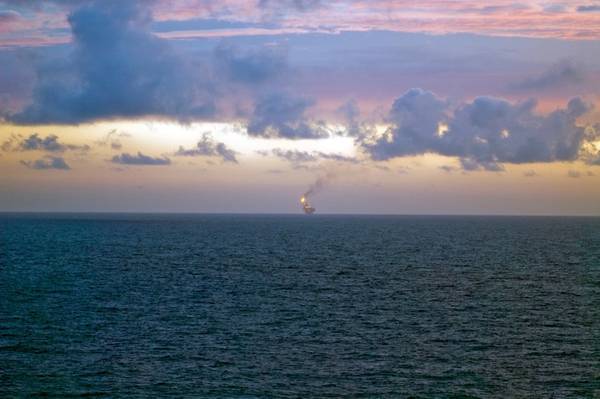
Norway will have to phase out some of its old oil and gas fields prematurely to achieve its 2030 climate goals, unless it can use carbon-free power on more offshore platforms to cut their emissions, the country's Climate Minister Espen Barth Eide said.
Norway, western Europe's largest petroleum producer, aims to reduce its emissions of greenhouse gases by 55% by 2030 from 1990, but as of 2021 the reduction achieved was only 4.5%, preliminary official statistics showed.
Opposition to connecting more offshore platforms to Norway's hydropower-dominated onshore grid has grown as water reservoirs have hit 20-year lows, power prices have soared and concerns of scarcity have increased.
Eide told Reuters in an interview it was impossible to meet the climate goal without supplying renewable energy to more offshore fields.
The offshore petroleum industry accounts for about a quarter of Norway's total emissions mainly because it uses gas to generate power at offshore installations.
"An alternative would be an early phase-out of old fields rather than retrofitting (those) with electricity," he added.
Environmental campaigners might welcome such a step, but it runs counter to the center-left government's pledge "to develop, not to phase out" the petroleum industry, and would anger powerful oil workers' unions.
"I think the better answer is to build more electricity capacity," Eide said. "The idea is that most of the additional electricity for the platforms will come from offshore wind."
Norway wants to develop 30 gigawatts (GW) of offshore wind capacity by 2040 that could produce almost as much electricity as its vast hydropower dams on land produce now.
The country is only making first steps into offshore wind, while onshore wind licensing was halted in 2019 following public protests. It resumed in April this year.
Eide said he hoped high energy prices would help to encourage new projects, especially after the parliament changed the rules that give more say and revenue to local governments.
"We are quite confident that... we will be able to restart some of this (onshore wind projects) now," he said, adding that Norway was also looking at building floating solar power plants on the surface of its hydropower reservoirs.
Norway emissions of greenhouse gaseshttps://tmsnrt.rs/3Alh2Rt
Norway oil and gas production https://tmsnrt.rs/3Amwi0F
(Reuters - Reporting by Nora Buli; editing by Barbara Lewis)